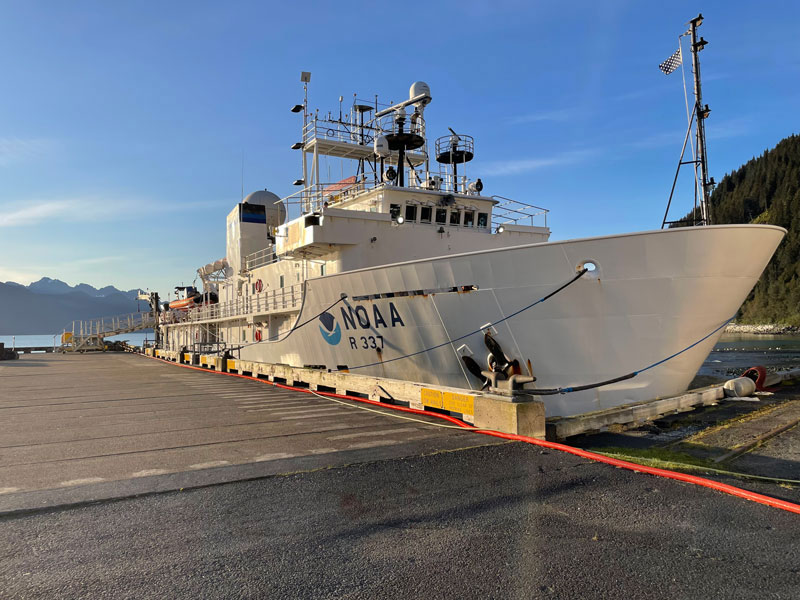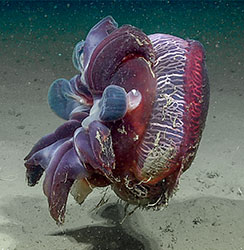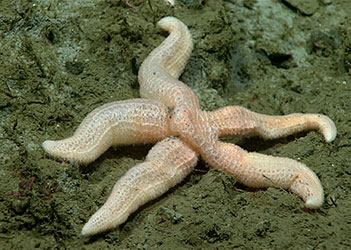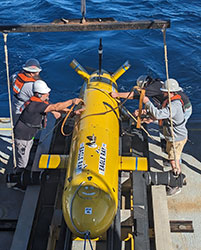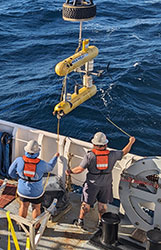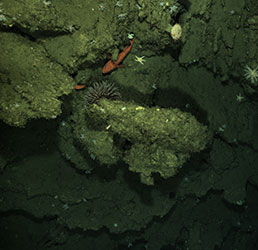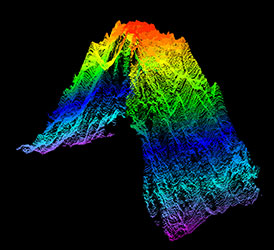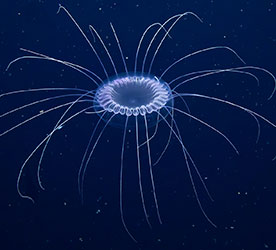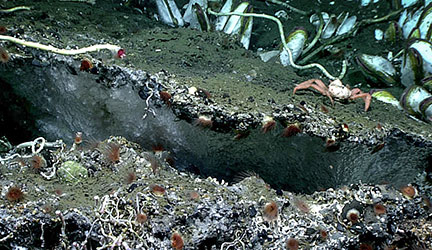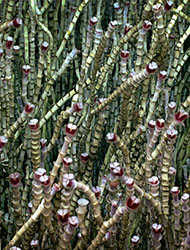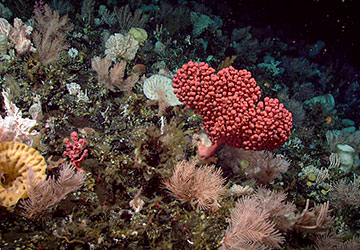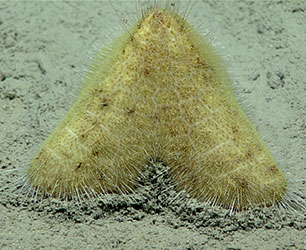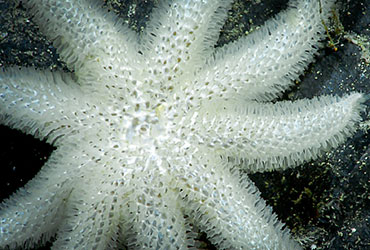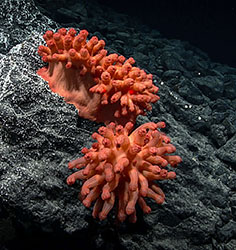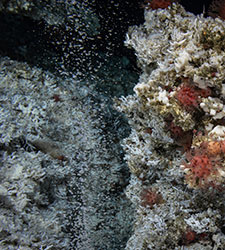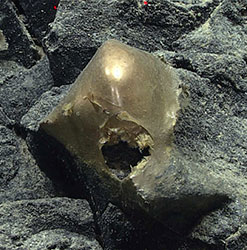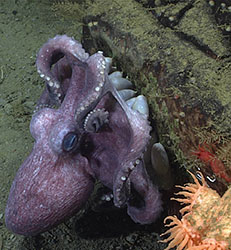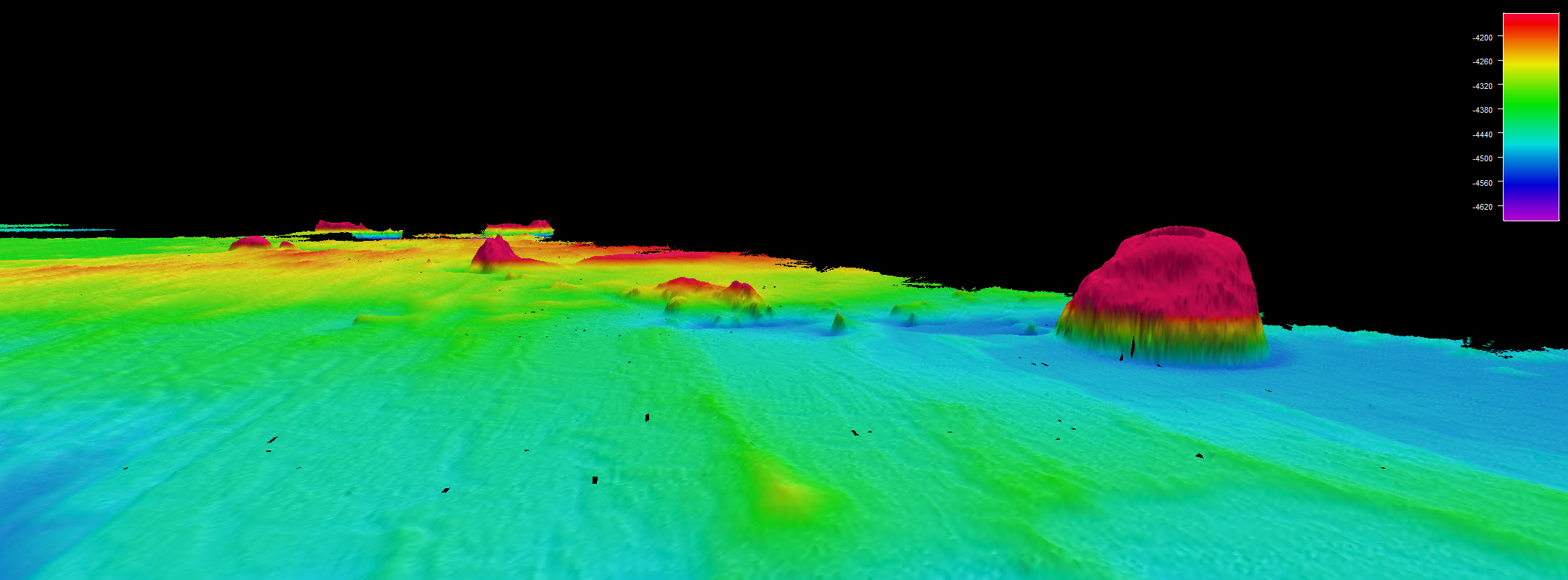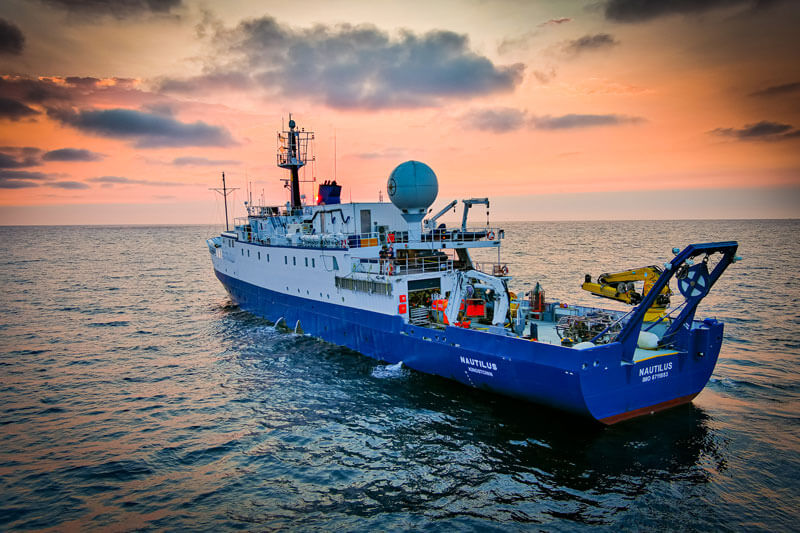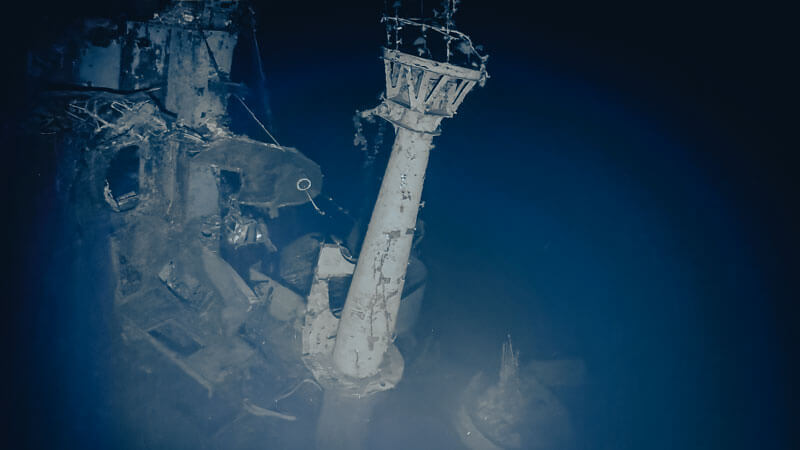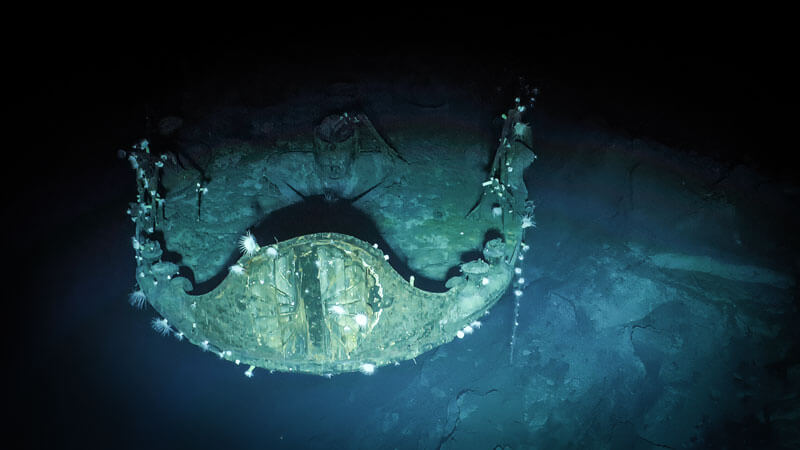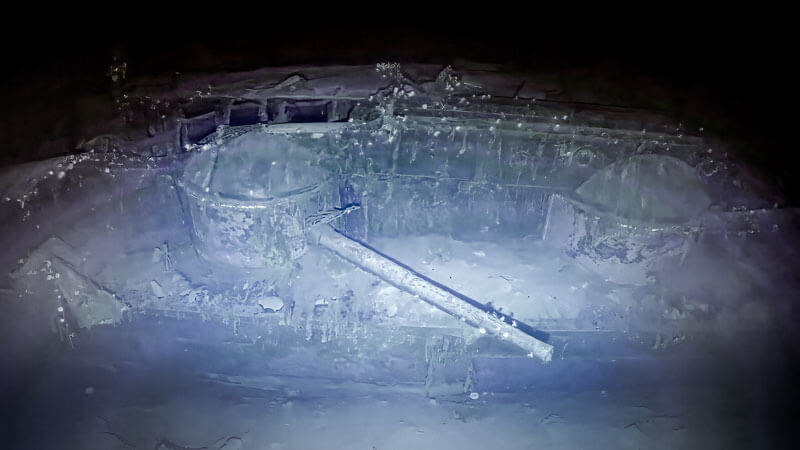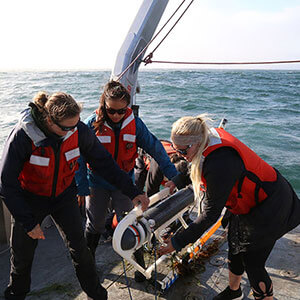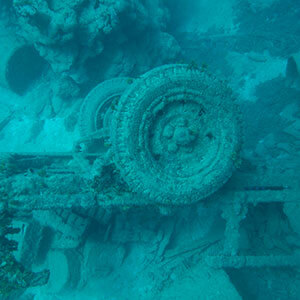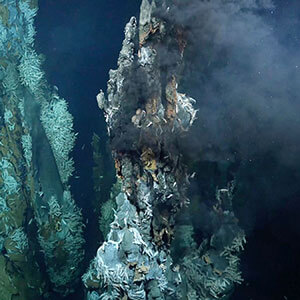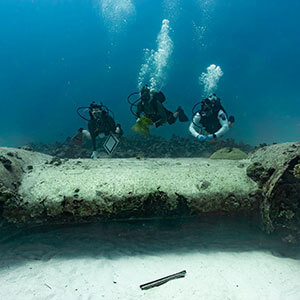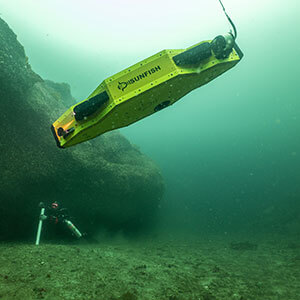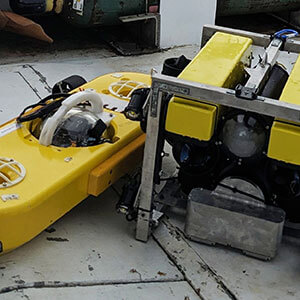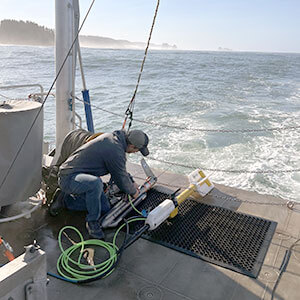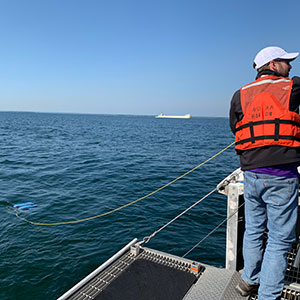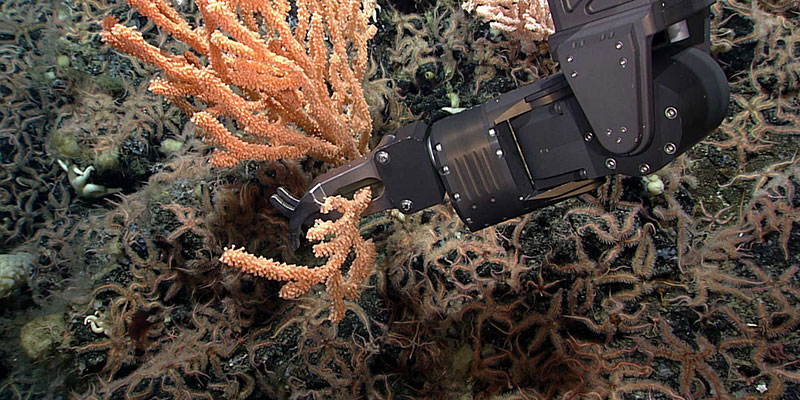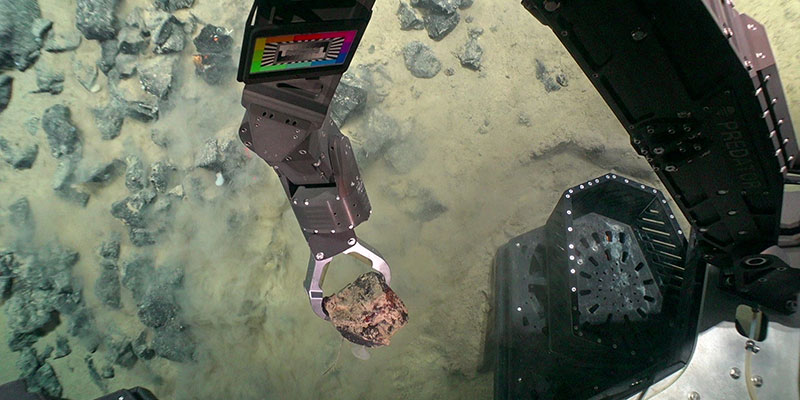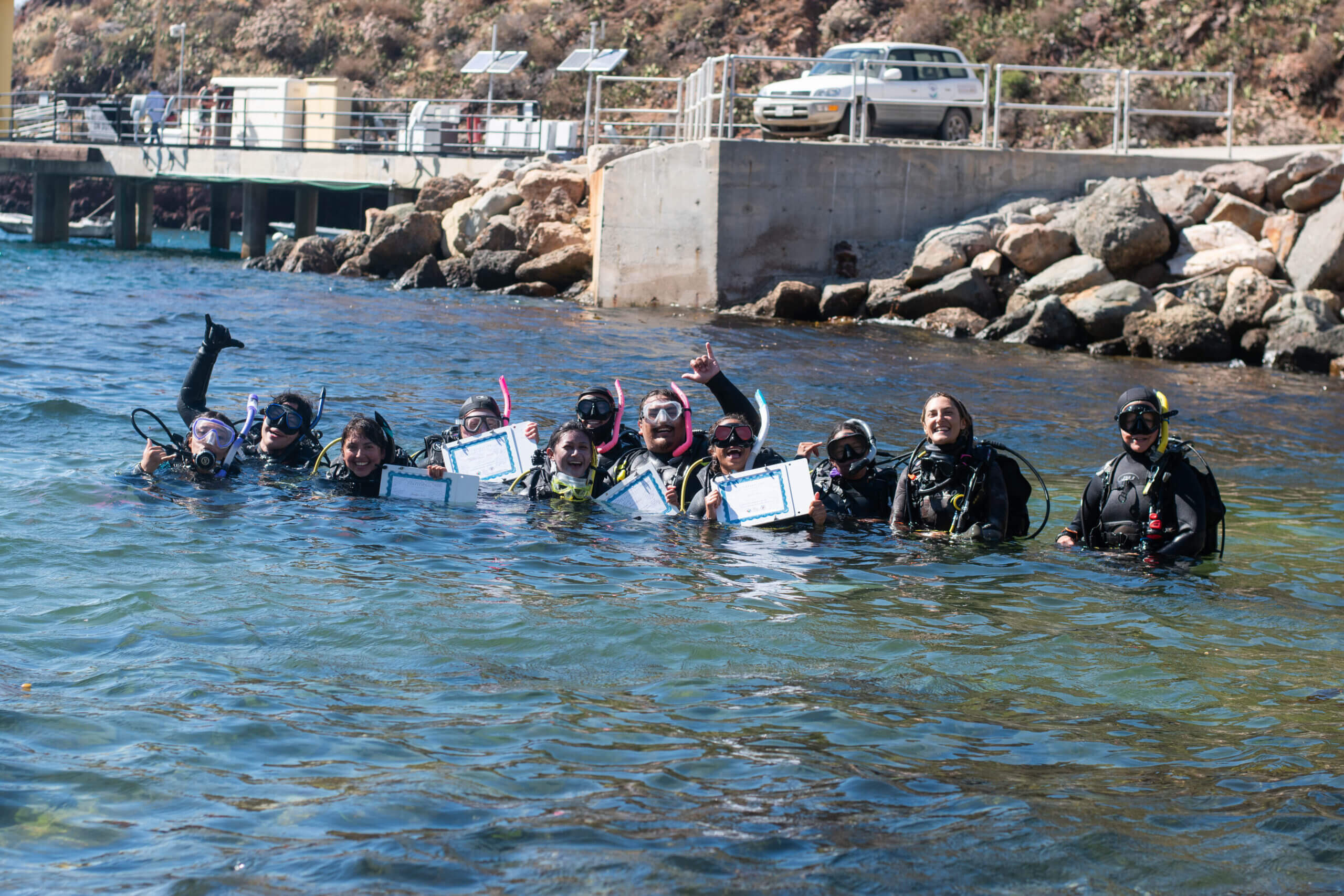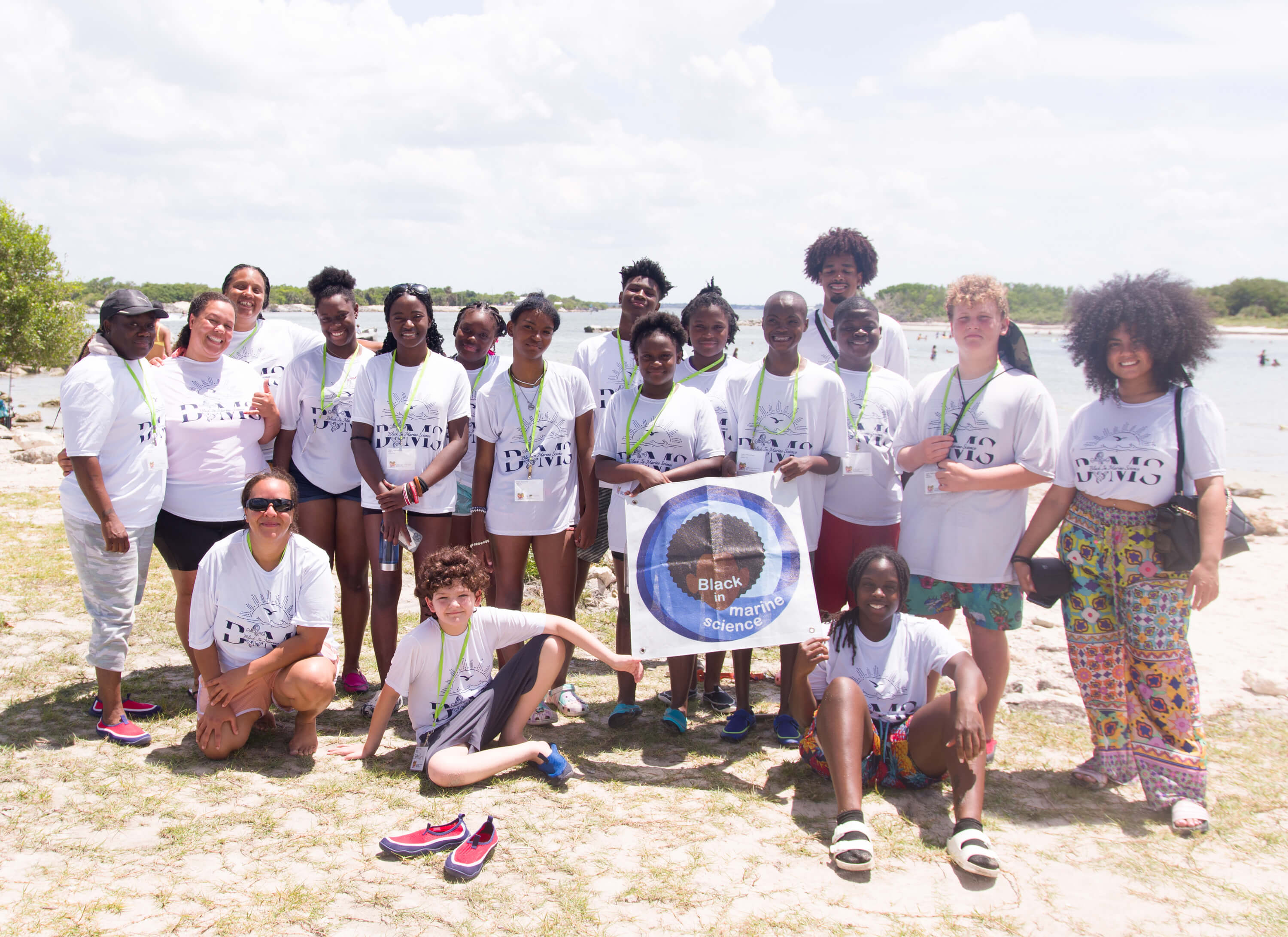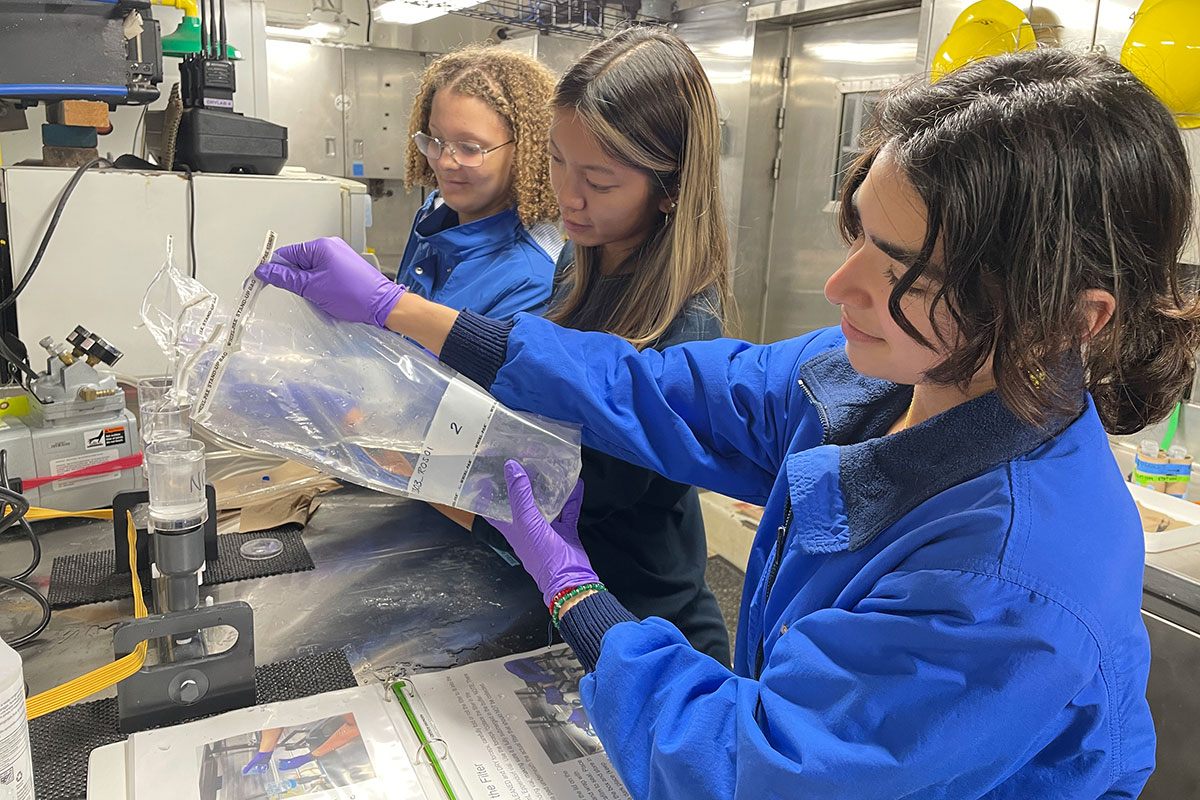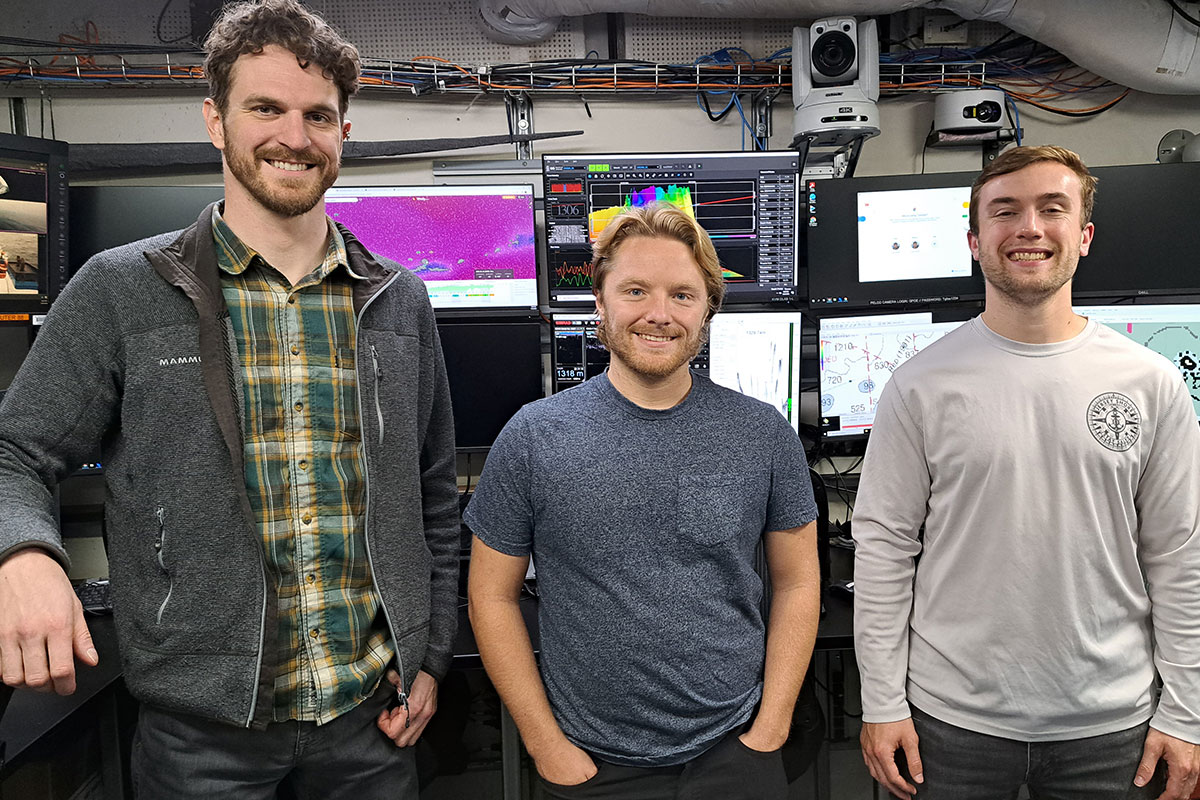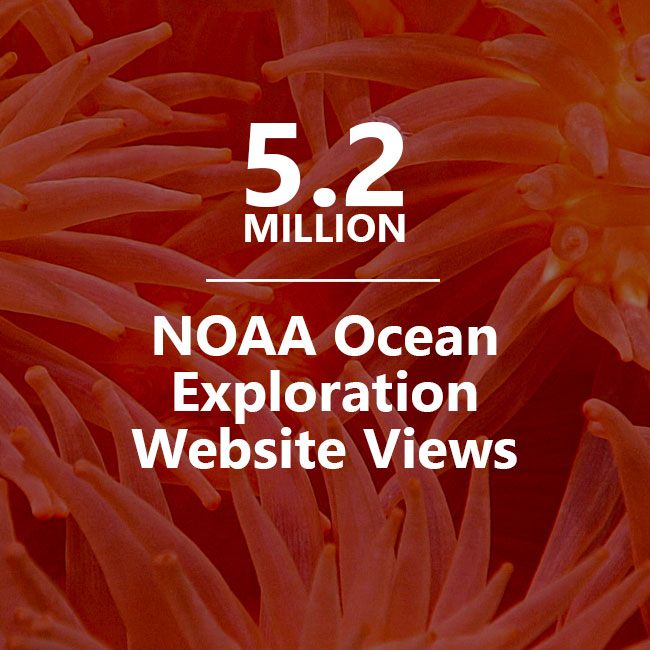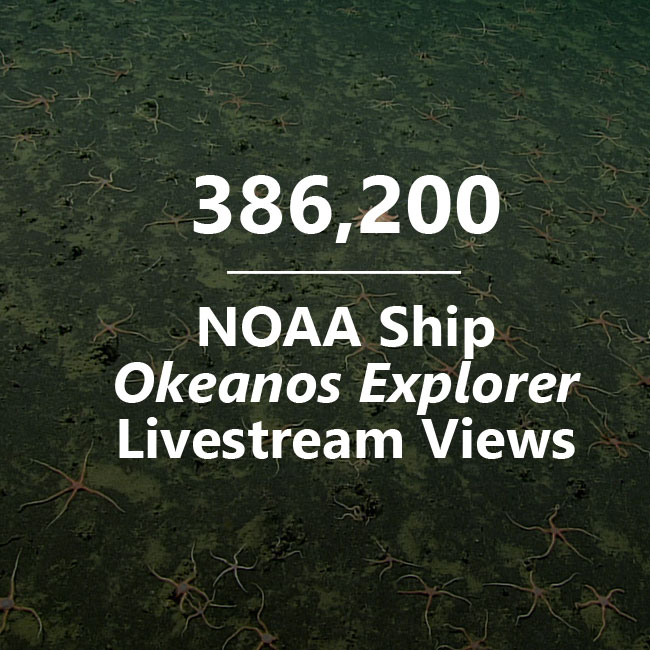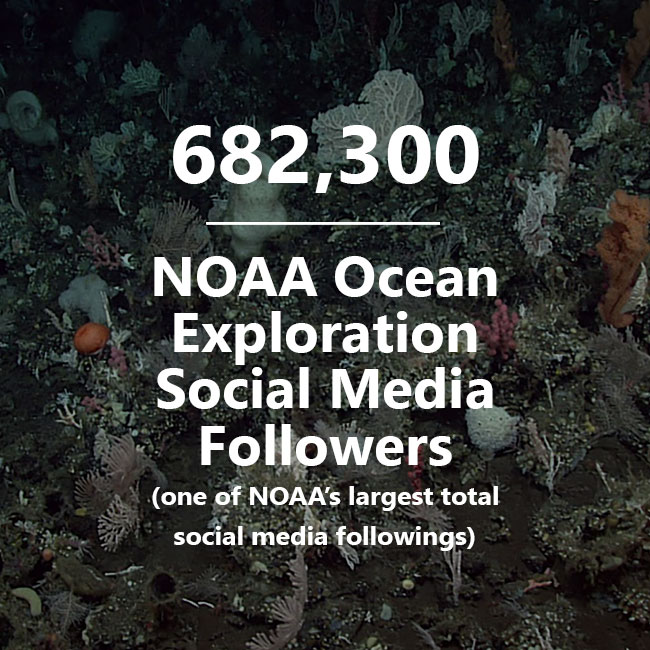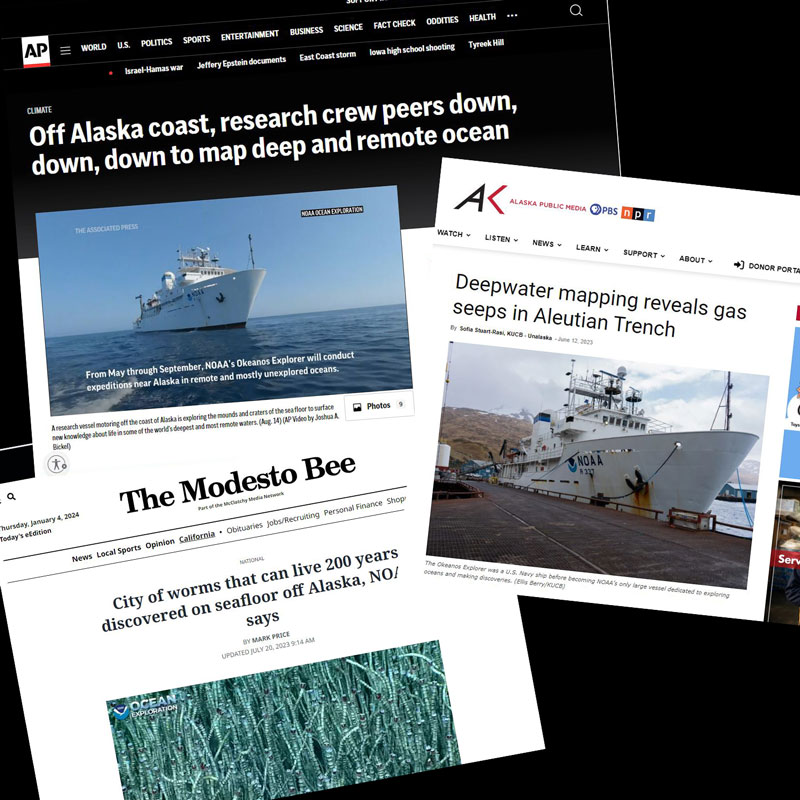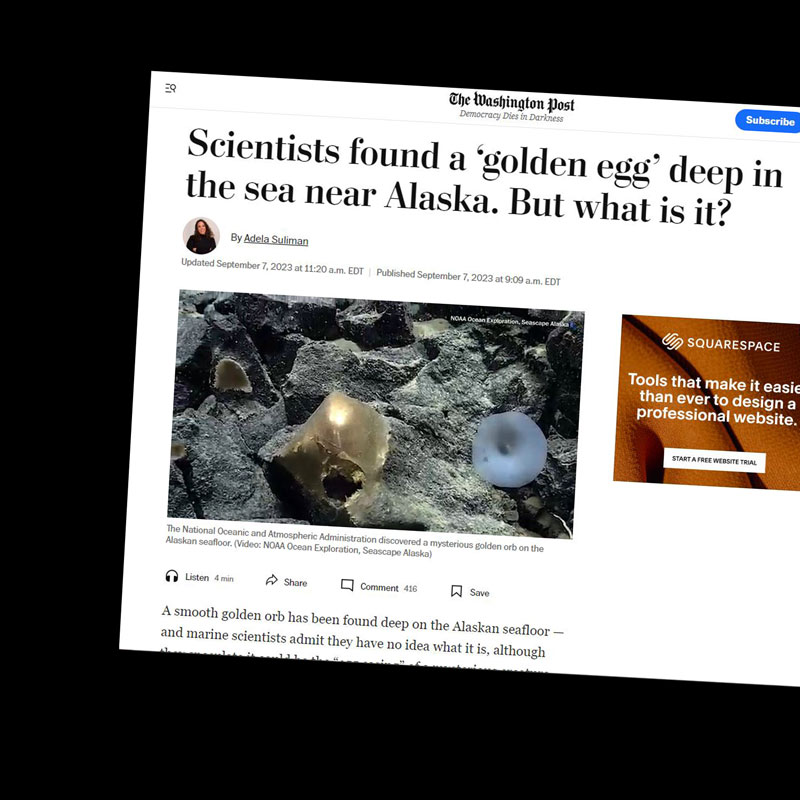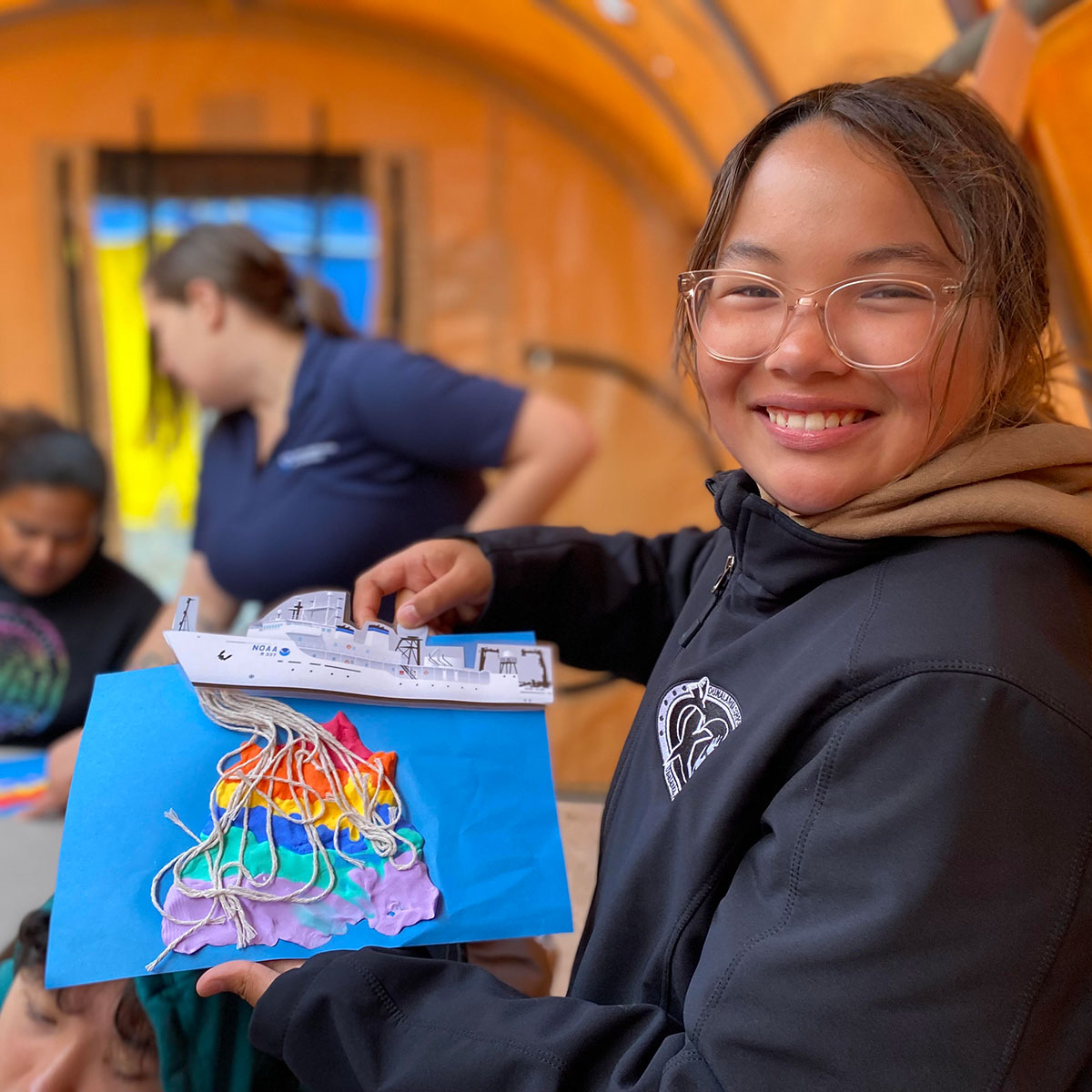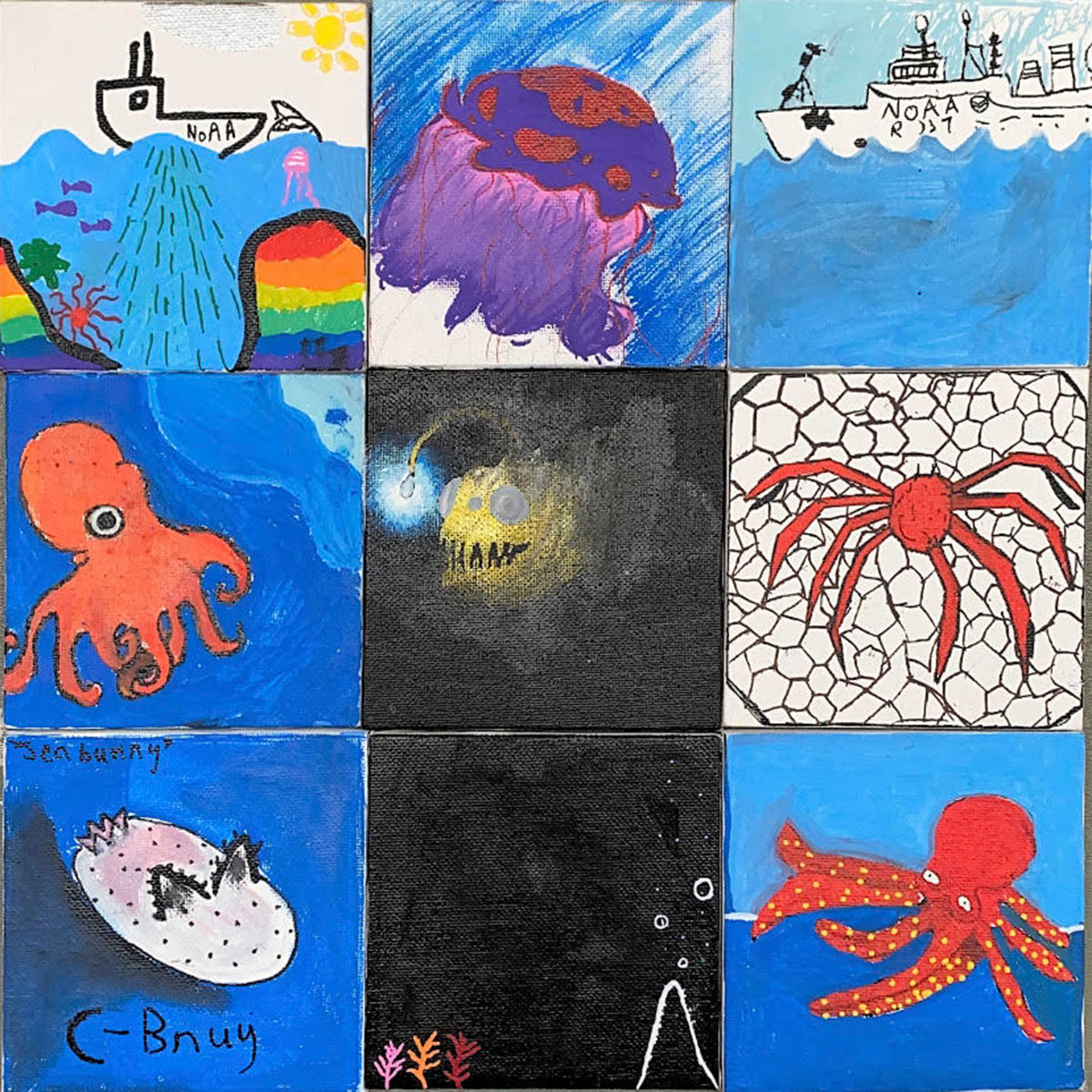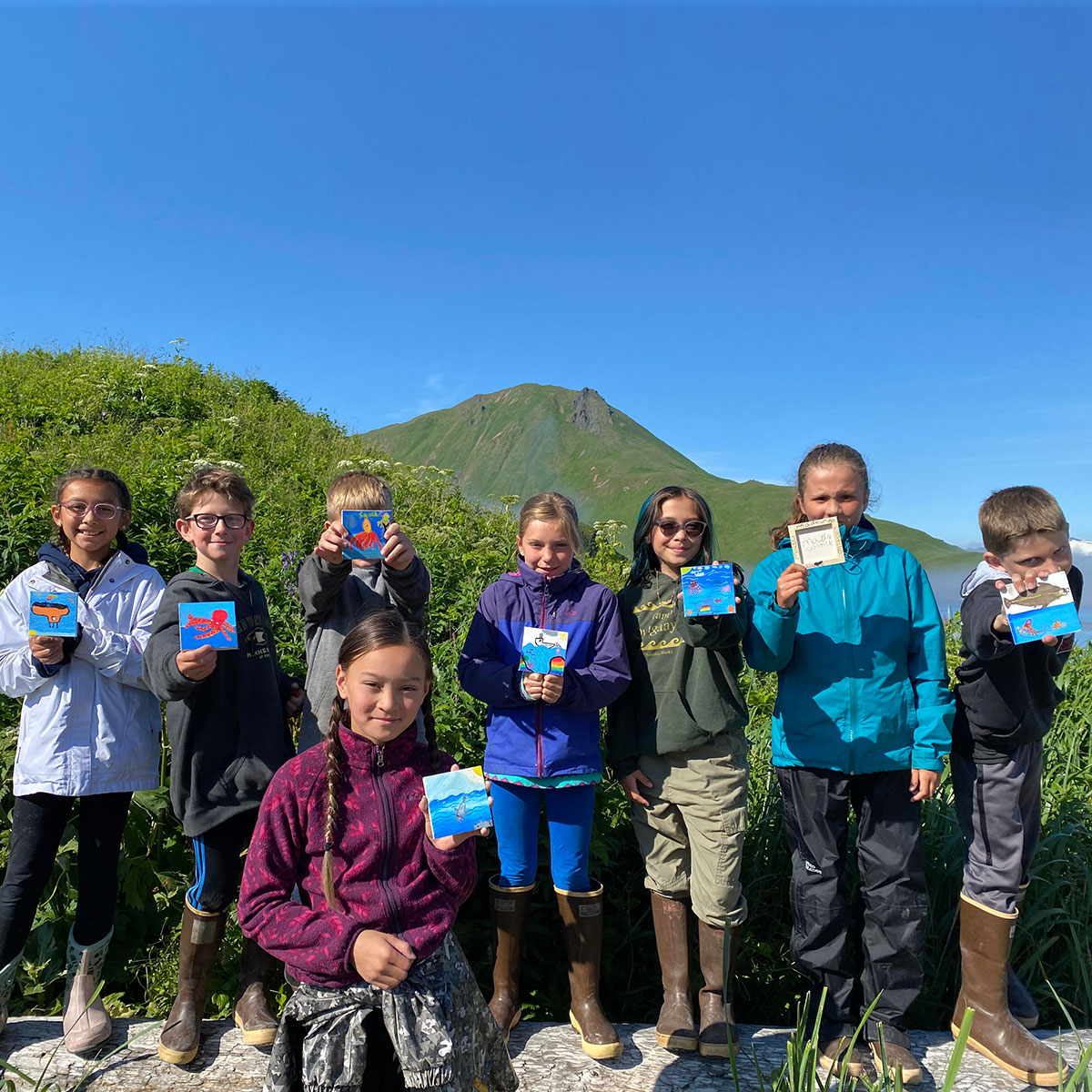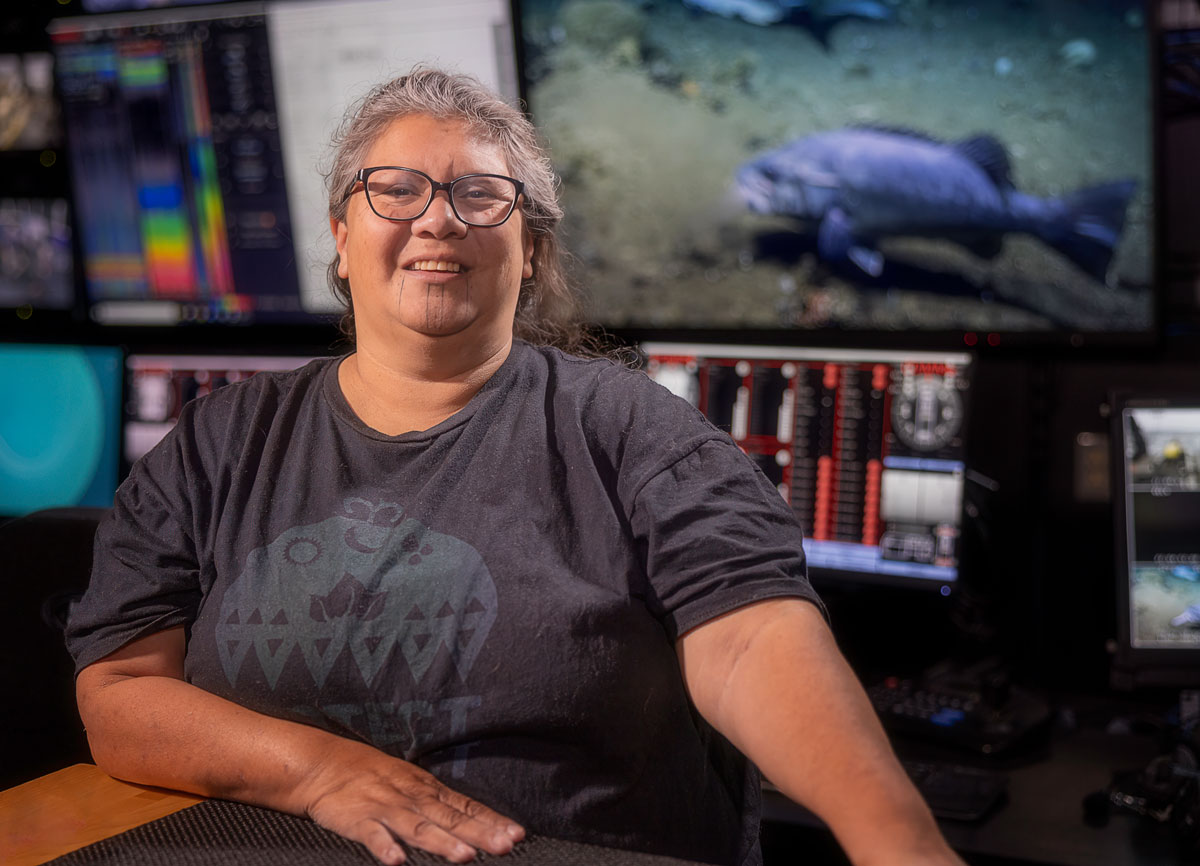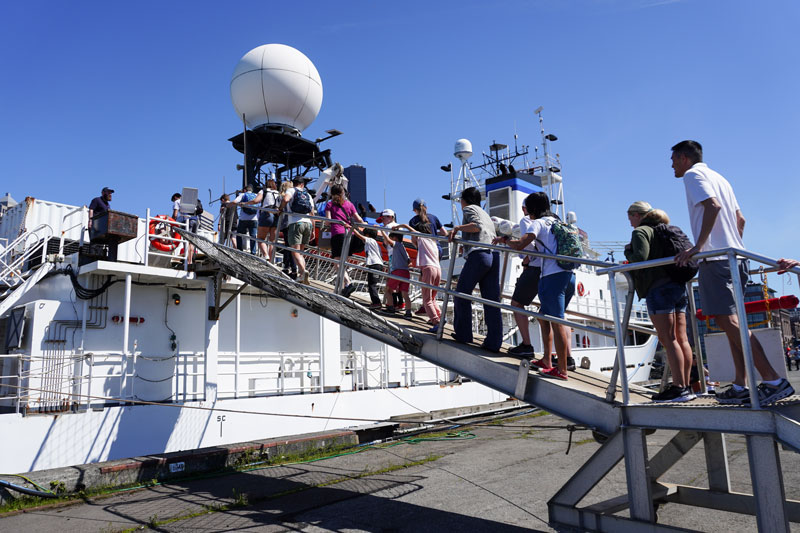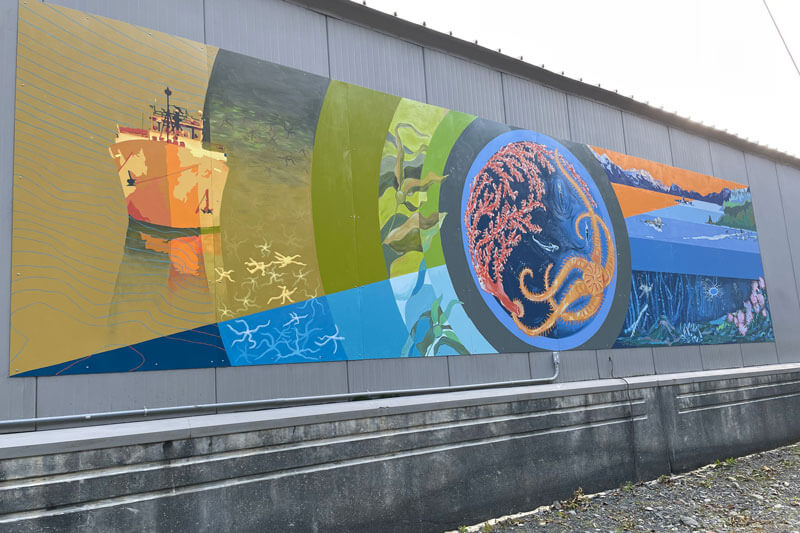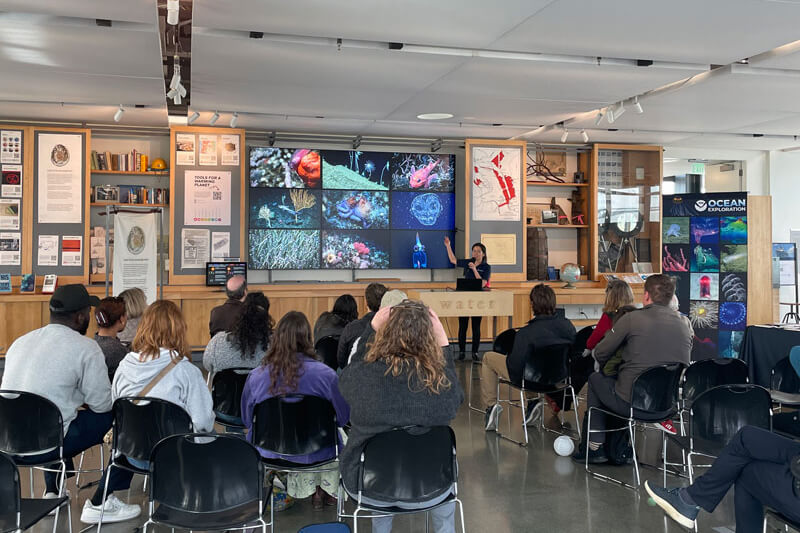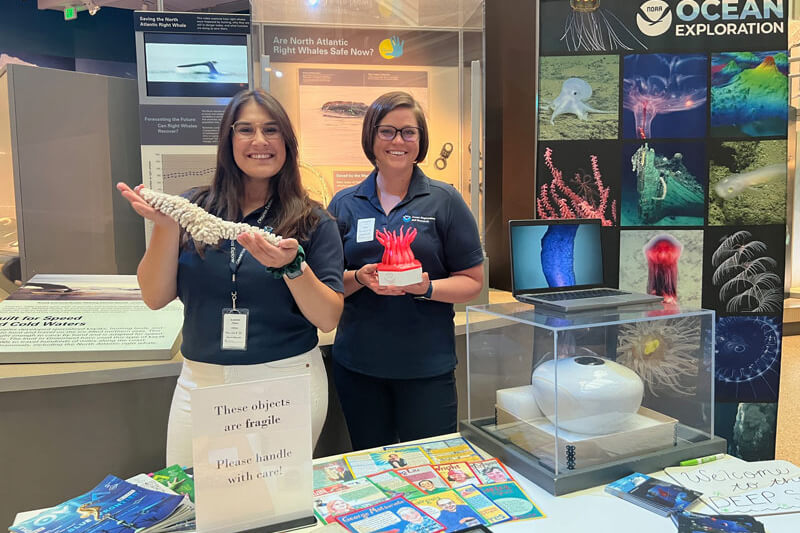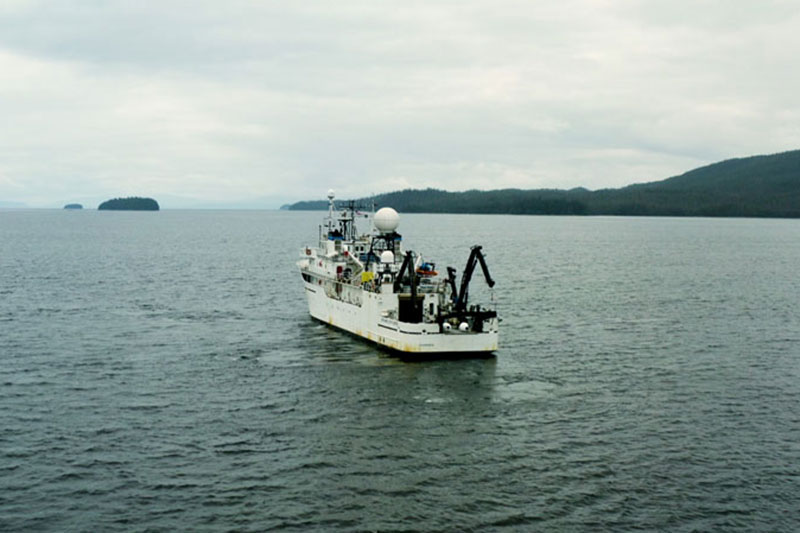2023 marked NOAA Ocean Exploration’s first visit to Alaskan waters on Okeanos Explorer, during which we led a series of six expeditions. These Seascape Alaska expeditions explored the deep waters of the Aleutian Islands and Gulf of Alaska and were part of a larger project recognized by the U.N. Decade of Ocean Science for Sustainable Development.
In addition to extending seafloor mapping coverage, mapping operations unveiled gas seeps along the Aleutian Trench and in the Gulf of Alaska and a submarine canyon nicknamed “Big Bend Canyon” and revealed the true height of a known seamount off Canada to be 700 meters (2,297 feet) taller than previously thought. In addition, we mapped an area of the Inside Passage last mapped over 100 years ago — with lead lines.
Features explored during ROV operations included seamounts, canyons, gas seeps, coral and sponge gardens, and the water column. Geological highlights included methane hydrates, small seamounts of unknown age and origin that appear unrelated to the region’s larger seamount chains, evidence that several seamounts in the Kodiak-Bowie chain were once islands, and submarine landslides, including a very large one that may have had a role in the 1946 Pacific-wide tsunami.
During ROV operations, we collected several species that may be new to science (and observed numerous others), including a nine-armed sea star (Asthenactis sp.), a basket star (Gorgonocephalidae), three octocorals (including a sea pen (Virgularia sp.), and a mushroom coral (Anthomastus sp.)). We also noted range extensions for a sea star (Astrocles sp.) and a coral (Hemicorallium sp.), meaning neither had been seen in their respective parts of Alaska before. Other interesting biological observations included numerous areas of deep-sea coral and sponge habitat, high-biodiversity coral and sponge gardens, a high-density carnivorous sponge “forest,” octopod nurseries, a rare pyramid-shaped urchin (Echinocrepis sp.), a large tubeworm and clam field estimated to be the length of two football fields — possibly the largest such field ever discovered — and an unidentified "golden orb."


